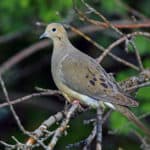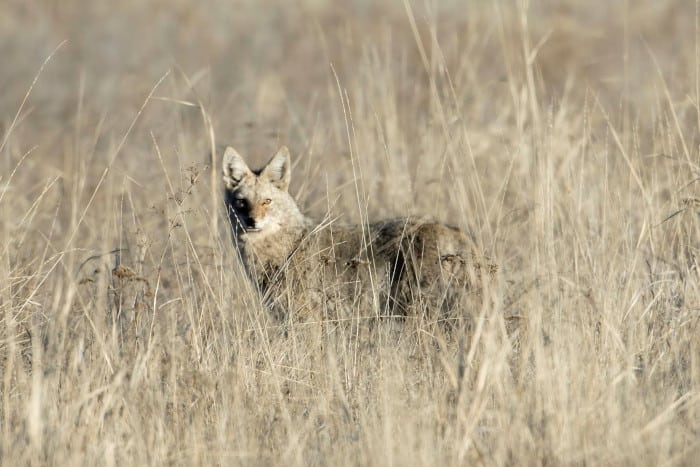Weather is the one constant that can make or break any hunting, fishing, or outdoor experience. Some weather creates opportunities, while bad weather can take away opportunities. Coyote hunting is one of those activities that potentially is impacted by inclement weather or extreme temperatures. So let’s dive in and see if it makes sense to go coyote hunting in extreme cold.
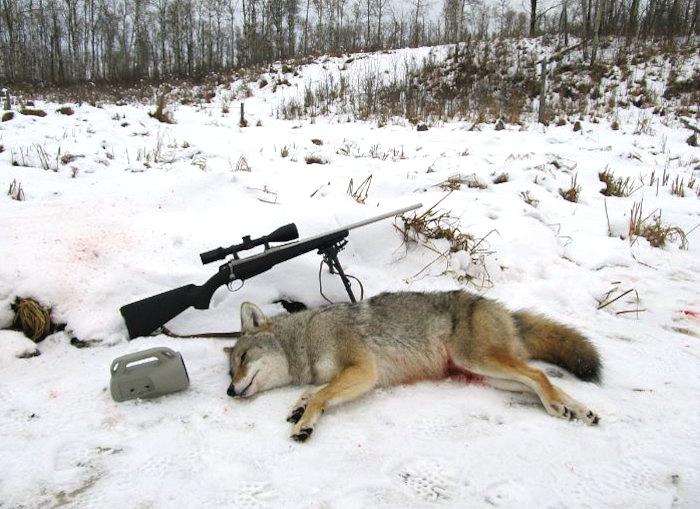
My father introduced me to predator hunting at a young age, and it quickly became one of my favorite species to hunt. Although I still hunt other game species (whitetail deer, mule deer, etc.), predator hunting is still my favorite hobby.
Defining Extreme Cold is Relative to Location
Before I get too deep in this post, I believe it’s important to be clear that “extreme cold” is a relative term defined by the location or area being hunted. For example, if you primarily hunt in the southeastern portion of the U.S., extremely cold temperatures could mean anything below 25 degrees. However, extreme cold is probably a negative temperature reading if you hunt up near the Canadian border or northern mid-west states.
I grew up in Texas, so I didn’t have much experience hunting in colder temperatures until we moved to northern Kansas for my wife’s job. FYI – Kansas is a little colder than Texas ????. While it can get pretty chilly in Kansas, it’s nothing compared to some of the temperatures that predator hunters in Canada face.
Coyote Hunting in the Cold
If you pose the question about hunting yotes in freezing temperatures to fifteen different predator hunters, you won’t get a unified answer. When I get together with other yote hunters to talk shop, I’m always surprised how divided the predator hunting community seems to be on this topic.
Two Different Opinions on Coyote Behavior in the Cold
When it comes to coyote hunting in frigid temperatures, most yote hunters fall into one of two categories saying that coyotes do the following during freezing weather:
- Yotes den up
- Yotes are on the hunt for food
Let’s talk a little more about each opinion and the prevailing logic driving the opinion.
Coyotes Hunker down and Den Up
Some hunters believe that, like most other animal species, coyotes den up during brutally cold temperatures in an effort to stay warm and conserve energy. It’s thought that denning up or taking shelter during colder temperatures is a survival tactic as food will be difficult to find during plummeting temperatures. I can understand that line of thinking as you see similar behavior with most other animals.
Most hunters who agree with this theory feel that it’s a waste of time to hunt during these extremely low temperatures and prefer to wait until the cold weather passes.
In addition, those same members of the coyote hunting community believe that coyotes will come out as soon as the cold temp end and be ultra-active looking for food.
Coyotes Are on the Hunt
The other opinion in this discussion opines that falling temperatures will drive coyotes to hunt to stay warm and actively survive. Staying warm requires calories, so yotes must hunt to maintain a specific metabolic rate. In addition, since prey items will be more difficult to locate under these conditions, coyotes have to cover more hunting territory and are more responsive to calls.
Hunters in line with this opinion are eager to hunt during extreme cold snaps and report successful hunting if you can stand the cold.
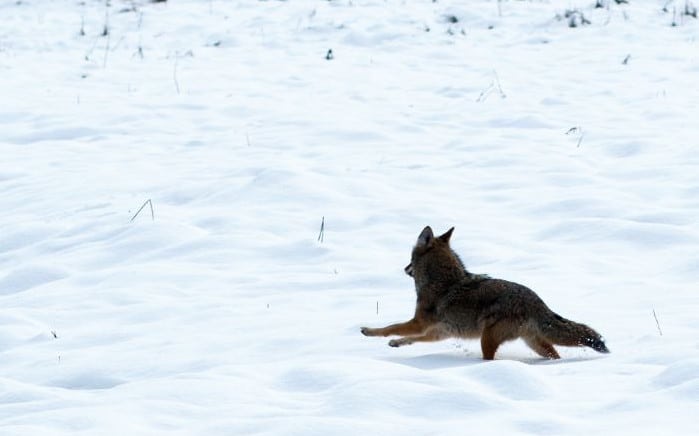
My Experiences
My experiences coyote hunting during brutally cold temperatures have shown mixed results, but some of those results are most likely impacted by additional weather conditions associated with the colder temperatures.
In situations where I’ve hunted in colder weather with a combination of the following conditions,
- High winds
- Blizzard-like conditions with heavy snowfall
- Sleet
- Hail
I’ve experienced poor hunting, with very few coyotes responding to even my most productive calls, including territorial-based calling.
In most cases, under those specific conditions, nothing came in at any of the stand locations. I did see the occasional single coyote on a few occasions but none hung around long enough for a shot.
However, I’ve had some success while hunting under extremely cold conditions without any other adverse weather conditions, to a point. And let me explain what I mean when I say to a point.
I believe that there is a temperature point in frigid temperatures where coyotes will opt to bed down or den up to ride out the cold. In other words, if the temperature drops down low enough, I have a theory that yotes prefer to seek shelter and ride the cold out. This is especially true when the really cold temps are accompanied by any of the adverse weather (high wind, heavy snow, etc.) that I mentioned before.
What temperature point drives them to bed versus hunt for food? I’m not exactly sure, and I suspect it depends on the typical weather where you hunt. I’ve had several conversations with Andy McKinney, another contributing author here at Hunter-Gear.com.
Andy lives in North Carolina and occasionally coyote hunts when the opportunity arises. He knows several coyote hunters in his area who won’t hit the woods when the temperature drops below single digits as that’s considered extremely cold for his area. Most of those predator hunters believe it’s not worth the time invested and prefer to hunt either right before a cold front moves in or right after the cold front leaves the area.
In Kansas, I typically see a decline in coyotes responding to calls when the daytime temperatures drop below 10 degrees Fahrenheit (outside of mating season).
Coyote Mating Season
Now, the one caveat hunting in extremely cold weather is during the coyote mating season. Depending on geography, males will hunt for females even during extreme temperatures during mating season, which usually runs anywhere from January to March.
I’ve had males respond to female estrus chirps and female vocals when the temperatures were near zero. And by responding, I mean come in on a dead run with little to no concern about anything other than finding the hot female.
If you can stand the cold, it can be well worth the effort to be in the field during mating season.
How Cold is Too Cold to Coyote Hunt
That’s a tricky question to answer, as I’ve asked myself that question in the woods more than once. Even though I dearly love to hunt, there have been times under terrible weather conditions when I’ve asked myself, “is this really worth it?”
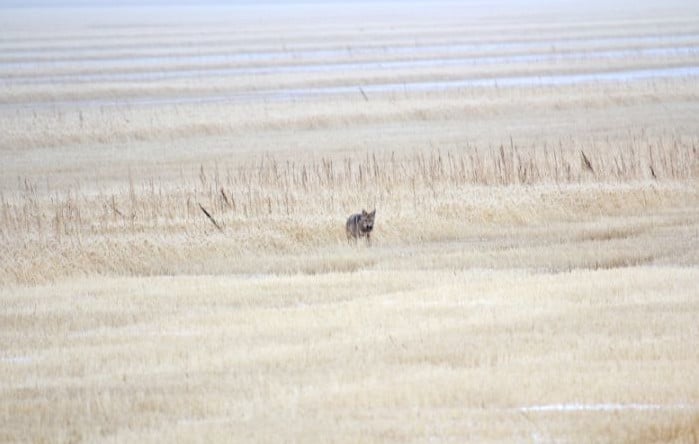
In my mind, it’s a two-part answer to the how cold is too cold question:
- One’s personal tolerance to cold temperatures
- The coldest temperatures where you’re still seeing coyotes
Let me dive a little deeper into each portion of the answer to offer some additional explanation.
Tolerance to Cold Weather
Each person has their own level of tolerance for being “too hot” and “too cold.” Those tolerances are very individual and vary a great deal from person to person. Your cold tolerance or comfort level with cold weather plays a direct role in answering the how cold is too cold to hunt yotes.
Hunters that don’t like cold weather or don’t deal well with cold weather will likely have a lower tolerance for coyote hunting during temperatures outside their comfort zone. Conversely, hunters with a higher tolerance to cold will usually have a tolerance to hunt in lower temperatures.

Let’s take me as an example. I have a much better tolerance for colder weather than hot weather (I saw plenty of that in TX). As such, I prefer hunting in colder weather but also have a low-temperature point where I stop enjoying myself. I’m a big proponent of dressing appropriately for hunting from a temperature standpoint, so I do a lot of layering. That being said, there have been a few times in my hunting days where I’ve grossly underestimated the temperature or been massively under prepared for cold weather. In those few situations where I stop enjoying myself, it’s time for me to call quits for the day.
Now, let’s compare me to one of my regular coyote hunting buddies, Mike. Like me, Mike is a diehard predator hunter (actually, Mike is more hardcore than me) who hits the woods for coyotes no matter the conditions.
Mike will hunt during spring heat and even the coldest Kansas days. He hunts during heavy snow, light snow, sleet, rain, etc. Mike even has an electrically heated cold weather vest he wears on the sub-zero days so he can stay in the field as long as possible.
Mike’s tolerance for cold exceeds mine, so there are times when he’s out with a caller while I’m home by the fire.
Different strokes for different folks, but your comfort level in dealing with extreme cold definitely plays a role in the “too cold to hunt” decision.
Coldest Temperatures Where Coyotes are Still Being Seen
The second part of the formula for deciding how cold is too cold for yotes will be your success rate of seeing coyotes at lower temperatures. For example, if you routinely have yotes responding to calls when the temperatures are 15 to 20 degrees but haven’t even had one respond when the temps were zero or below, I’m betting you won’t keep hunting in the zero and below temps for all that long.
As I mentioned before, outside of the mating season, I find that the number of yotes responding to calls starts to decline drastically when the temperature drops below 10 degrees. However, during the mating season, especially near the peak, I’ve had males come in on calls when the temperatures were near zero and slightly sub-zero.
In my case, I usually evaluate the entire weather conditions for the day when deciding to hunt. For example, if the temperatures are going to be near zero at first light but will warm up to the 25 to 30-degree mark by lunch, I’ll plan to hunt in the late morning and early afternoon versus hunting all day.
I’m hoping that the information discussed helps provide some guidance when it comes to coyote hunting in bitterly cold conditions.
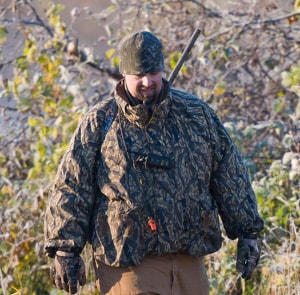
Ben was born and raised in the great state of Texas and comes from a long line of outdoorsmen. He grew up hunting nearly every game species that Texas had to offer, including wild pigs, White-tailed deer, and coyotes. While Ben is equally comfortable hunting almost any game species, his primary focus today is predator hunting and turkey hunting. He is also a long-range shooter and enjoys harvesting coyotes at longer than average distances. Ben started working in outdoor and sporting goods while in high school and now has 17 years of experience in the hunting industry, including some time as a part-time hunting guide. Ben is married with three boys, who are continuing the family hunting traditions.

